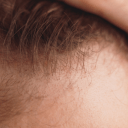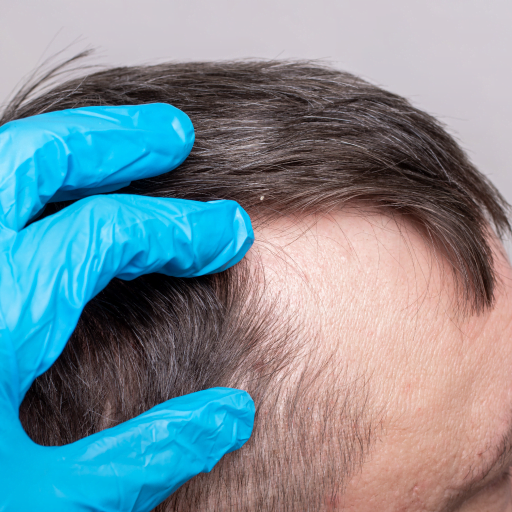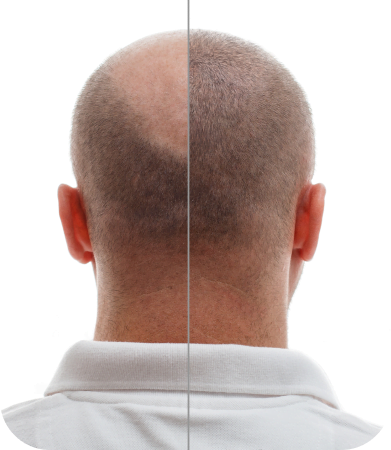Side Effects of Finasteride
As with any medication, there are some possible side effects of finasteride. However, it is essential to be aware of the risks to make the best decisions for your health.
Most notably, the FDA has warned people that taking finasteride could cause sexual side effects. Some sexual side effects may persist even after discontinuing usage. Some men have noted that their sex drive has diminished with finasteride use. The FDA made these claims public in 2012, citing reports from 100 men in the past 20 years.
While it is essential to take these reports seriously, we should note that no proof exists that finasteride causes these side effects. These reports could connect with other conditions or medications.
In an overwhelming sense, finasteride is generally very safe. Side effects result in less than 6% of patients. However, some risk factors can increase your likelihood of side effects. You may be more prone to side effects because of your age, ethnicity, or chronic illnesses.
Other common side effects can include the following:
- Chills or cold sweats
- Confusion
- Dizziness or lightheadedness
- Hives or welts
- Inflammation of the lips and face
- Itching
- Skin rashes
- Skin that is flushed
- Swelling in the face, arms, hands, legs, or feet
- Tenderness and enlargement of the breasts
- Tingling in the hands and feet
- Weight gain
If you are taking finasteride and notice any of these side effects, please consult with your doctor right away.
If you want to learn more about finasteride and determine whether it is a good option for you, talk to the Hair Transplant Specialists – New York City (NYC) team. We are close to the Empire State Building and Penn Station, and we are proud to serve all of New York City and its surrounding communities. Contact us today to get started.


